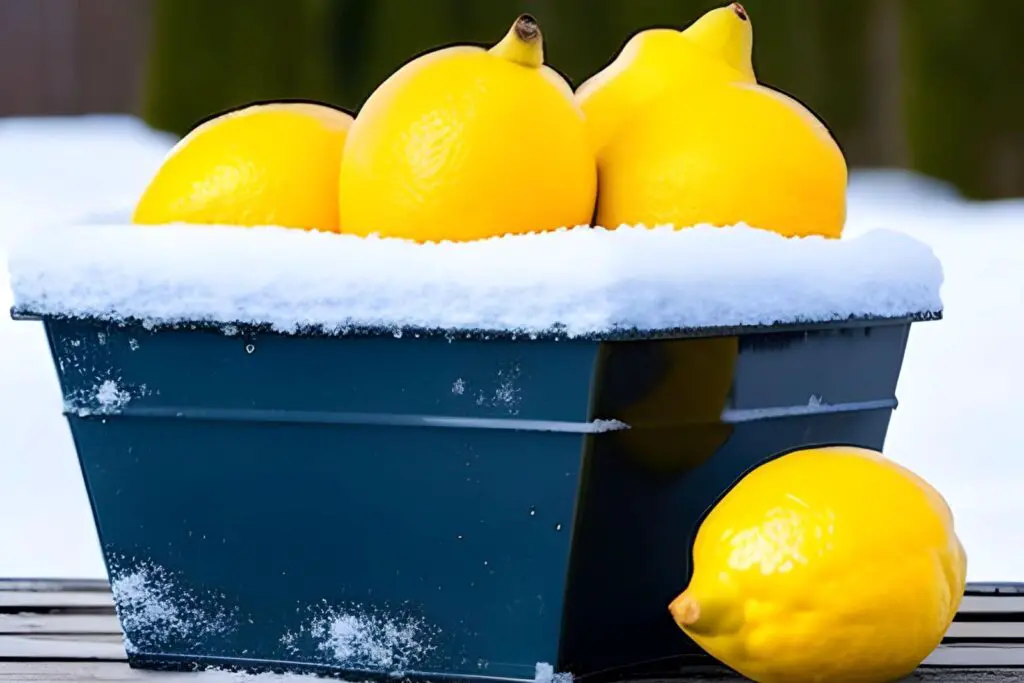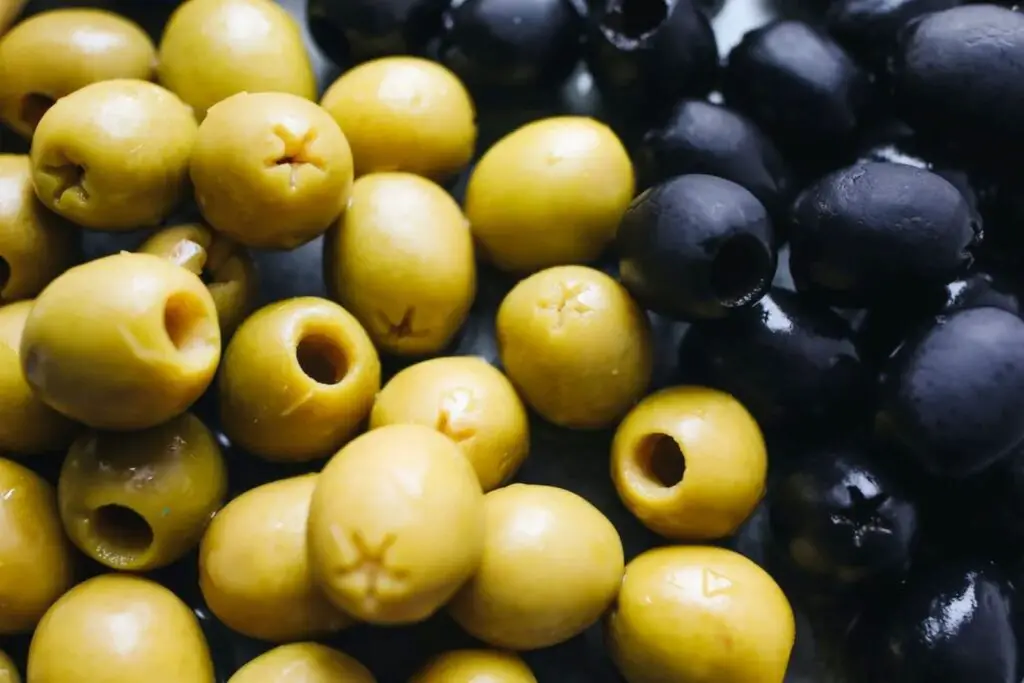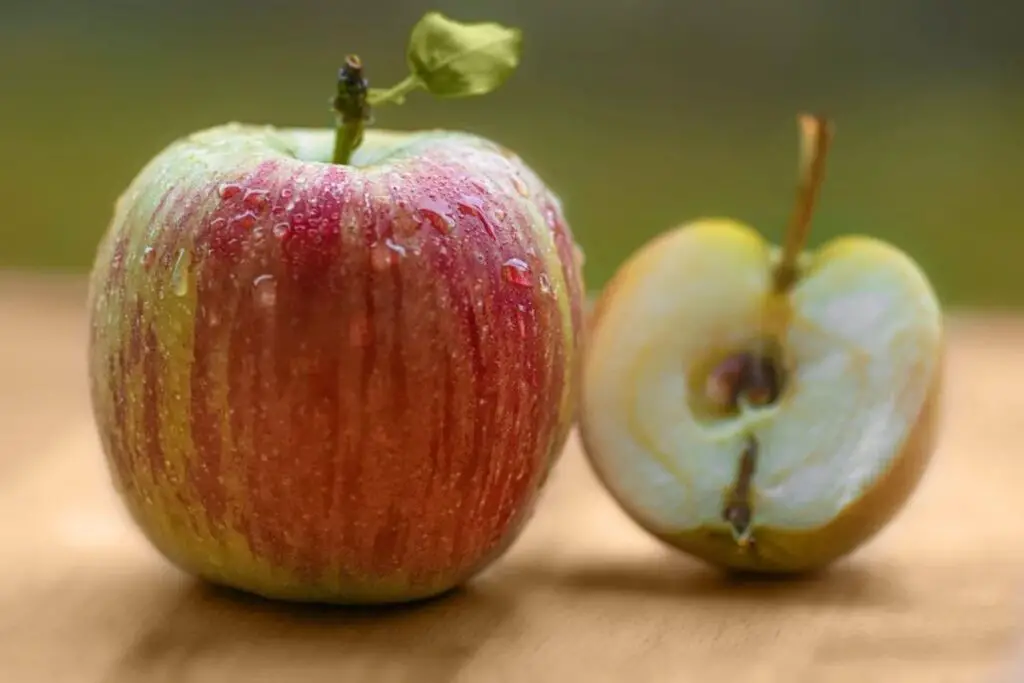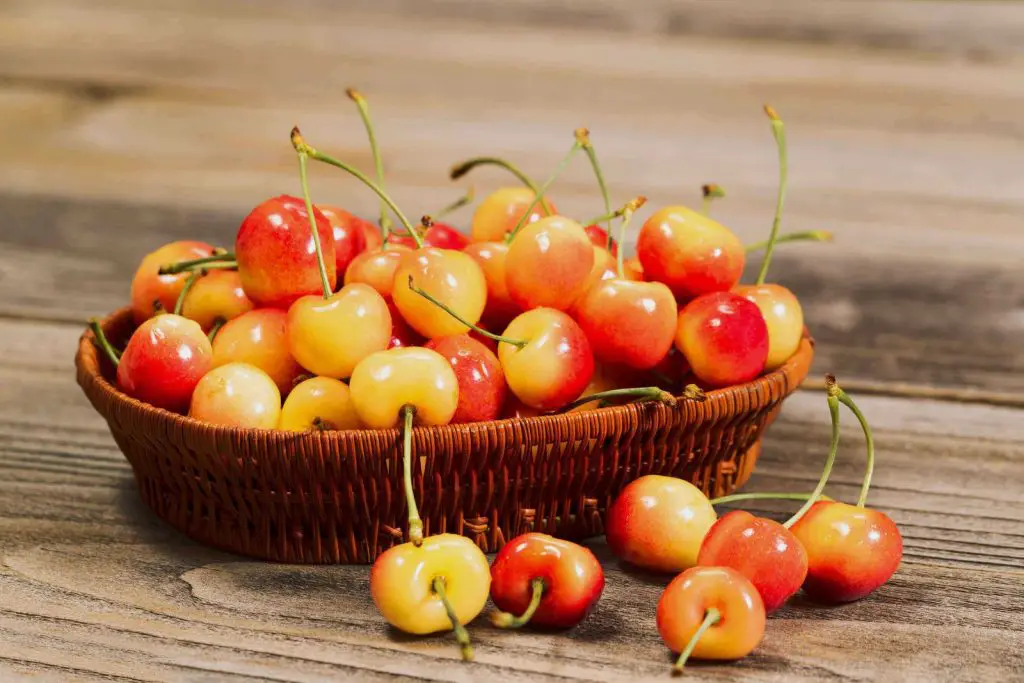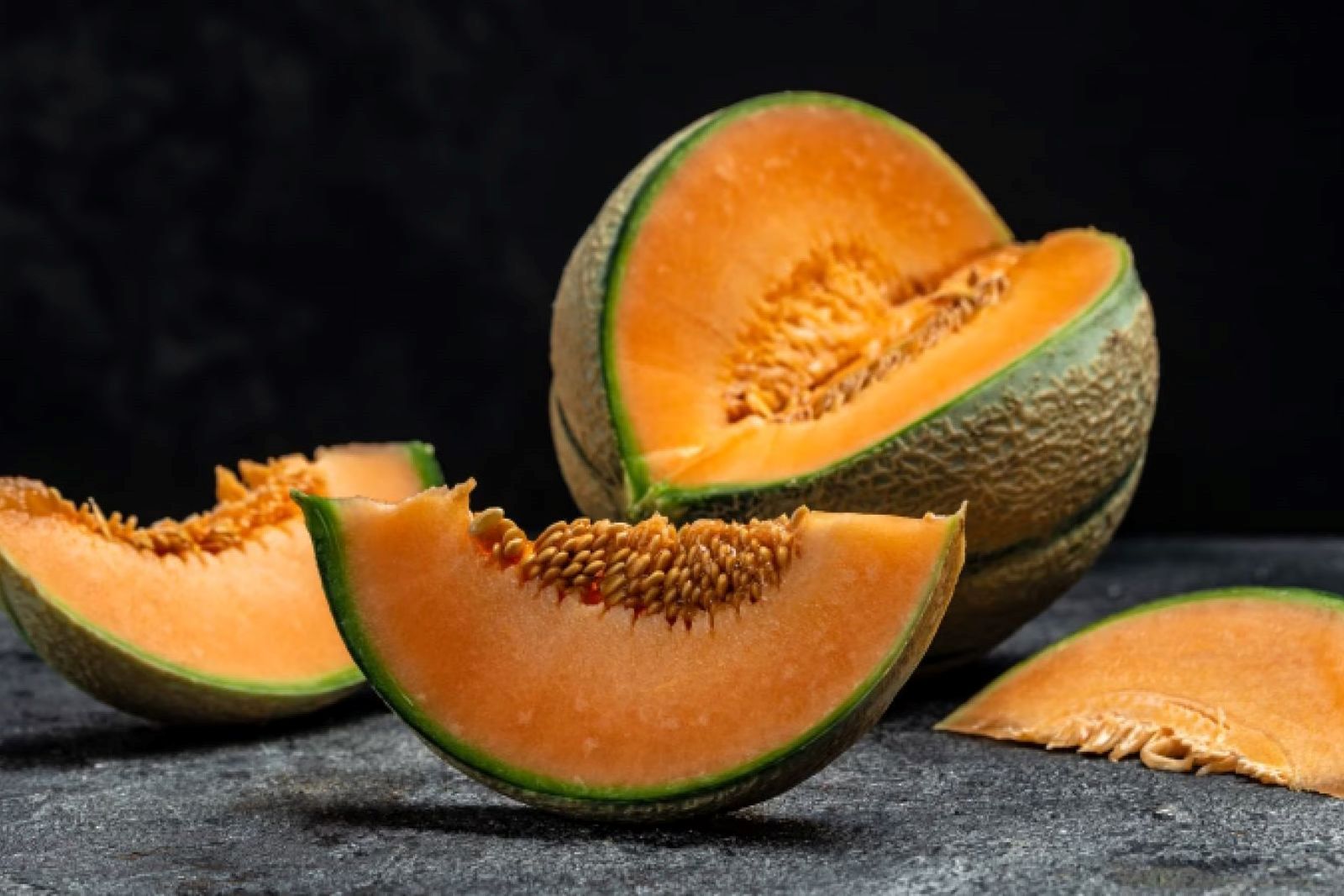
Muskmelons, also known as cantaloupes, are delicious and refreshing fruits that are enjoyed by many. They have a sweet, juicy flesh and are packed with nutrients like vitamin C and potassium. Freezing muskmelons is a great way to preserve their flavor and texture for future use, especially when they are out of season. By following a few simple steps, you can freeze muskmelons properly and enjoy their summery taste all year round. This article provides a comprehensive guide on how to freeze muskmelons effectively, ensuring that they maintain their quality and taste when thawed.
Here’s a step-by-step guide on freezing muskmelons:
- Step 1: Select ripe muskmelons
- Step 2: Wash and prepare the muskmelons
- Step 3: Slice or cube the muskmelons
- Step 4: Arrange the muskmelons on a baking sheet
- Step 5: Flash-freeze the muskmelons
- Step 6: Transfer the muskmelons to freezer bags or containers
- Step 7: Label and date the packages
- Step 8: Store in the freezer
Step 1: Select ripe muskmelons
When it comes to freezing muskmelons, choosing the right ones is crucial to ensure the best flavor and texture after freezing. To start, opt for muskmelons that are fully ripe but not overly ripe. Here’s why:
- Pleasant aroma: Ripe muskmelons emit a sweet and fragrant aroma that is a telltale sign of their readiness. Take a moment to smell the melons before making a selection. If you detect a pleasant, fruity scent, it’s a good indication that the muskmelon is ripe and flavorful.
- Yield slightly when pressed: Gently press your fingers against the skin of the muskmelons. Ripe muskmelons will yield slightly to pressure without feeling too soft or mushy. This slight give indicates that the flesh inside is juicy and ripe, making it ideal for freezing.
- Vibrant color: Ripe muskmelons exhibit a vibrant color. Depending on the variety, muskmelons can have hues ranging from pale green to deep orange. Look for melons with consistent color throughout, without any green or white patches, as this indicates that they have reached their peak ripeness.
- Firm texture: When you pick up a muskmelon, it should feel firm and have a slight weight to it. Avoid melons that feel overly soft or have visible bruises or blemishes. A firm texture ensures that the muskmelon has a good structure and will maintain its shape and texture when frozen.
Step 2: Wash and prepare the muskmelons
Properly washing and preparing muskmelons before freezing is essential to ensure cleanliness and remove any unwanted elements. Follow these steps to wash and prepare muskmelons for freezing:
- Thoroughly wash under running water: Place the muskmelons under cool, running water. Rub the surface gently with your hands to remove any dirt, dust, or bacteria that may be present on the skin. This step is crucial, especially if you plan on consuming the muskmelons with the skin intact.
- Use a clean knife to cut the melons in half: Once the melons are clean, carefully cut them in half using a clean, sharp knife. Ensure that your knife is sanitized to avoid any potential contamination.
- Scoop out the seeds and discard them: With a spoon or a melon baller, scoop out the seeds from the center of each muskmelon half. The seeds are typically found in a central cavity surrounded by the juicy flesh. Remove all the seeds and discard them. Alternatively, you can save the seeds for other purposes, such as planting or roasting.
Removing the seeds is important as they can have a slightly bitter taste and a different texture compared to the sweet and juicy flesh of the muskmelon. By discarding the seeds, you ensure that the frozen muskmelon retains its desirable flavor and texture.
Can I freeze muskmelons with the skin intact?
It is generally recommended to remove the skin before freezing muskmelons. The skin can become tough and unappetizing after freezing and thawing. However, if you prefer to freeze muskmelons with the skin, ensure they are thoroughly washed and well-protected in freezer bags or containers to prevent any potential contamination or off flavors.
Step 3: Slice or cube the muskmelons
Once the muskmelons are washed and prepared, the next step is to decide how you would like to freeze them whether in slices or cubes. Both options have their own advantages and are suited for different culinary uses. Here’s an explanation of the slicing and cubing methods:
- Slicing: If you choose to slice the muskmelons, you can create thin or thick slices, depending on your preference. Sliced muskmelons are versatile and can be used in various ways. They work well as additions to salads, as refreshing garnishes, or as a side accompaniment to other dishes. The slices can maintain their shape and make an attractive presentation when thawed.
- Cubing: Cubing muskmelons involves cutting them into bite-sized pieces. These small, uniform cubes are ideal for adding to smoothies, fruit salads, or using as a topping for desserts. The uniformity in size ensures even freezing and easy portioning when needed. Cubes are also convenient for quick and hassle-free blending in smoothies or incorporating into recipes.
When deciding between slicing and cubing, consider the intended use of the frozen muskmelons. If you plan to incorporate them into salads or as standalone snacks, slicing may be the better option. On the other hand, if you envision using the muskmelons primarily in blended preparations or desserts, cubing is more suitable.
Regardless of your choice, ensure that the slices or cubes are of consistent size to promote even freezing and thawing. This consistency helps maintain the texture and quality of the muskmelons throughout the freezing process.
Step 4: Arrange the muskmelons on a baking sheet
Once the muskmelon slices or cubes have been prepared, it’s important to arrange them properly on a baking sheet before freezing. This step helps ensure that the muskmelons freeze individually and do not stick together. Here’s why it’s important to follow this process:
- Single layer arrangement: Place the muskmelon slices or cubes in a single layer on a baking sheet lined with parchment paper. By arranging them in a single layer, each piece is exposed to the cold air, allowing for faster and more even freezing. This helps maintain the texture and flavor of the muskmelons.
- Prevent sticking together: It’s essential to ensure that the muskmelon pieces are not touching each other on the baking sheet. If they are in direct contact during freezing, there is a risk of them sticking together, forming a solid mass. This can make it difficult to separate the pieces when you want to use them, resulting in a less desirable texture and presentation.
- Easy portioning: By arranging the muskmelons individually, you facilitate easy portioning later on. When frozen separately on the baking sheet, the pieces remain loose and can be easily transferred into freezer bags or containers without clumping. This way, you can take out only the desired amount of muskmelons from the freezer without having to thaw the entire batch.
Step 5: Flash-freeze the muskmelons
After arranging the muskmelon slices or cubes on a baking sheet, the next step is to flash-freeze them. Flash-freezing involves rapidly freezing the muskmelons at a very low temperature for a short period. This technique helps preserve their texture, flavor, and overall quality. Here’s why flash-freezing is beneficial:
- Rapid freezing: Flash-freezing involves placing the baking sheet with the muskmelons in the freezer for about 1 to 2 hours. This quick freezing process helps to minimize the formation of large ice crystals within the muskmelons. The faster the freezing, the smaller the ice crystals that form. Smaller ice crystals help preserve the cellular structure of the muskmelons, leading to better texture when thawed.
- Texture preservation: By freezing the muskmelons quickly, the water content within the fruit solidifies rapidly, reducing the likelihood of cell damage. This helps maintain the desired texture of the muskmelons. When you thaw flash-frozen muskmelons, they are more likely to retain their firmness and juiciness, closely resembling the texture of fresh muskmelons.
- Flavor retention: Flash-freezing also helps preserve the natural flavor of the muskmelons. The rapid freezing process helps lock in the flavors and aromas, minimizing any potential flavor loss that can occur during freezing. As a result, when you thaw the muskmelons, they are more likely to retain their original taste, allowing you to enjoy the full flavor experience.
Step 6: Transfer the muskmelons to freezer bags or containers
After flash-freezing the muskmelon slices or cubes, it’s time to transfer them into appropriate freezer storage. This step involves using freezer bags or airtight containers to ensure the muskmelons are well-protected during freezing. Here’s why it’s important to follow this process:
- Prevent freezer burn: Freezer burn occurs when frozen food is exposed to air. It can lead to the loss of moisture, texture changes, and a decline in overall quality. By transferring the muskmelons to freezer bags or airtight containers, you create a barrier that prevents air from reaching the fruit, reducing the risk of freezer burn.
- Maintain freshness: Placing the muskmelons in freezer bags or containers helps maintain their freshness over time. The airtight seal minimizes exposure to oxygen, which can cause the fruit to deteriorate. By keeping the muskmelons properly sealed, you preserve their taste, texture, and nutritional value for a longer period.
- Efficient use of space: Freezer bags or containers allow for efficient use of freezer space. You can stack them, making the most of the available room in your freezer. Additionally, using freezer bags allows you to remove excess air before sealing, which helps reduce bulk and saves space.
When transferring the muskmelons, ensure that the freezer bags or containers are clean and suitable for freezing. Place the partially frozen muskmelons into the bags or containers, leaving some headspace to accommodate any slight expansion that may occur during freezing. Remove as much air as possible from the bags before sealing them tightly, using a vacuum sealer if available.
Step 7: Label and date the packages
After transferring the muskmelons to freezer bags or containers, it’s crucial to label each package with important information. Using a permanent marker, label the bags or containers with the contents (muskmelons) and the date of freezing. Here’s why labeling and dating are important:
- Identification of contents: Labeling the packages with the contents (muskmelons) helps you quickly identify what is inside each bag or container. This is especially useful when you have multiple items stored in the freezer. Clear identification avoids confusion and allows for easy retrieval when you need the muskmelons.
- Freshness tracking: By including the date of freezing on the label, you can track the freshness of the muskmelons. This information helps you prioritize the usage of the frozen muskmelons based on their age. Over time, you may accumulate different batches of frozen muskmelons, and knowing the freezing date allows you to use the oldest ones first to maintain optimal quality.
- Rotation management: Labeling and dating the packages also facilitate rotation management in your freezer. As time goes by, you may add new batches of muskmelons to the freezer. With clear labels and dates, you can easily identify which packages need to be used sooner to prevent them from being stored for too long.
Additionally, make sure to use a permanent marker for labeling, as it is less likely to fade or smudge over time in the freezer’s cold environment. Write the labels in a clear and legible manner to avoid any confusion or misinterpretation.
Step 8: Store in the freezer
After labeling and dating the muskmelon packages, it’s time to store them in the freezer. Proper storage ensures the longevity and quality of the frozen muskmelons. Here’s how to store them effectively:
- Organize and arrange flat: Place the labeled muskmelon packages in the freezer in a well-organized manner. Arrange them flat, if possible, to maximize freezer space and prevent them from shifting or getting damaged. This allows for easy stacking and retrieval when needed.
- Freezer location: Choose an appropriate location in the freezer for storing the muskmelons. Ideally, place them in a spot where the temperature remains consistently cold, such as in the middle or back of the freezer. Avoid placing them near the freezer door or in areas where the temperature fluctuates due to frequent opening and closing.
- Storage duration: Frozen muskmelons can be stored in the freezer for up to 3 months without significant loss of quality. While they may remain safe to consume beyond this time, the flavor and texture may gradually deteriorate. It’s advisable to use the frozen muskmelons within the recommended storage period to enjoy them at their best.
Proper storage in the freezer preserves the quality, texture, and flavor of the muskmelons over time. By organizing and arranging them flat, you prevent them from becoming damaged or crushed. Keeping them in a consistent, cold location within the freezer maintains their integrity and minimizes the risk of temperature fluctuations.
Remember to be mindful of the storage duration and try to use the frozen muskmelons within 3 months for the best taste and texture. Regularly check the freezer temperature to ensure it remains at or below 0°F (-18°C) to maintain the quality of the muskmelons throughout their storage period.
Other related questions
How do I defrost muskmelons?
To defrost muskmelons, transfer the frozen fruit from the freezer to the refrigerator and allow it to thaw gradually. This process typically takes several hours overnight, depending on the size of the muskmelon pieces. Avoid using heat or room temperature methods for thawing, as they can lead to a loss of texture and flavor. Once fully thawed, consume the muskmelons promptly for the best taste and quality.
Can I refreeze muskmelons?
Refreezing muskmelons is generally not recommended as it can negatively impact their quality and safety. Once muskmelons have been thawed, they undergo changes in texture and moisture content, leading to potential deterioration in flavor and overall quality. Moreover, the repeated freezing and thawing cycles increase the risk of bacterial growth, making it safer to consume muskmelons when they have been thawed only once.
How do I know if the muskmelons have gone bad after being frozen?
After being frozen, you can assess the quality of muskmelons by examining their appearance, texture, and aroma. If the muskmelons have developed significant freezer burn, appear mushy or discolored, and have an off-putting odor, it is an indication that they have gone bad. It is crucial to discard any muskmelons that show these signs of spoilage to avoid consuming compromised or unsafe fruit.
Are there any special considerations for freezing muskmelons with added sugar or syrup?
If you plan to freeze muskmelons with added sugar or syrup, it’s recommended to blanch the muskmelons briefly before adding the sweetener. Blanching helps preserve the fruit’s texture and color. Once blanched, you can proceed with adding the sugar or syrup and then follow the freezing steps outlined in the article.
Can I use frozen muskmelons in recipes that require fresh muskmelons?
Yes, you can use frozen muskmelons in recipes that call for fresh ones. Keep in mind that the texture of the muskmelons may change after freezing, becoming softer. Frozen muskmelons are particularly well-suited for smoothies, fruit sauces, and baked goods where the texture is less critical.
Can I freeze muskmelon puree?
Yes, muskmelon puree can be frozen for later use. After blending the muskmelon into a smooth puree, transfer it to freezer-safe containers or ice cube trays for portioning. Frozen muskmelon puree can be used in smoothies, desserts, or as a base for sorbets.
Can I freeze muskmelons with other fruits?
Yes, you can freeze muskmelons with other fruits. It’s common to create fruit medleys or mixed fruit bags for freezing. When combining muskmelons with other fruits, ensure they are all properly washed, sliced or cubed, and stored in airtight containers or freezer bags to maintain their individual flavors and prevent cross-contamination.
How can I use frozen muskmelons?
Frozen muskmelons can be used in a variety of ways. They are excellent for making smoothies, fruit sorbets, popsicles, and fruit sauces. You can also thaw and use them as a topping for yogurt, oatmeal, or as a refreshing addition to salads. Experiment with different recipes to enjoy the unique flavor of frozen muskmelons.
Can I freeze muskmelons that have been previously cut and left at room temperature?
It is not advisable to freeze muskmelons that have been previously cut and left at room temperature. Once muskmelons are cut, they become more susceptible to bacterial growth. To ensure food safety, it is best to freeze muskmelons promptly after cutting or store them in the refrigerator for a short period before freezing.
Are there any alternative methods to freezing muskmelons?
Yes, an alternative method to freezing muskmelons is to dehydrate them. Sliced muskmelons can be dried in a food dehydrator or oven at a low temperature until they become leathery and dry. Dehydrated muskmelons can be stored in airtight containers for an extended period and enjoyed as a healthy snack.
Can I freeze muskmelon rinds for later use?
Freezing muskmelon rinds is not commonly practiced, as the rinds have a tough and fibrous texture that may not freeze well. It is recommended to compost or discard muskmelon rinds instead. If you want to utilize muskmelon rinds, consider using them for making pickles or preserves rather than freezing them.
Can I freeze muskmelons that have been flavored with spices or herbs?
Yes, you can freeze muskmelons that have been flavored with spices or herbs. However, keep in mind that the flavors of the spices or herbs may intensify during freezing. It is recommended to use milder flavors and spices that complement the muskmelon’s natural taste. Ensure the muskmelons are properly washed, flavored, and stored in airtight containers to maintain their quality and prevent flavor transfer.


